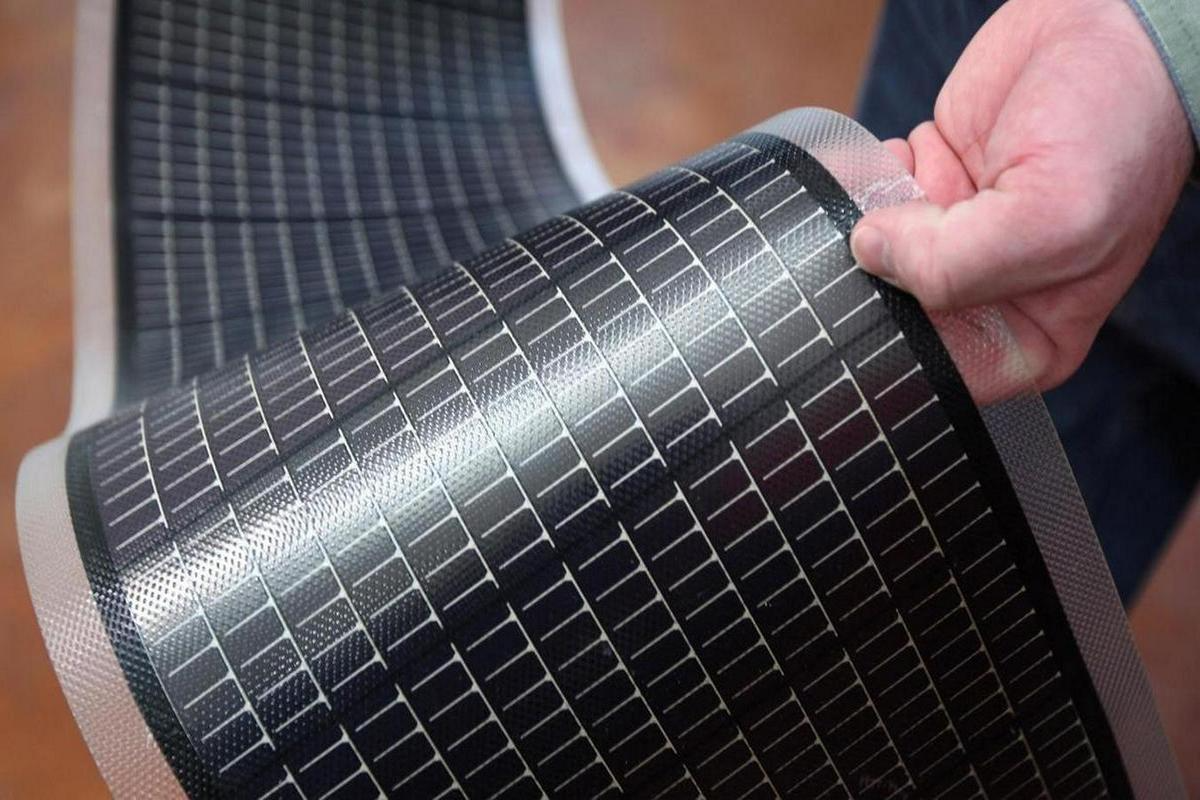Polymer Solar Cells Market Opportunities Highlighted by Advances in Efficiency and Application Diversity

The Polymer Solar Cells Market is rapidly evolving, driven by increasing global demand for renewable energy sources and technological advancements in photovoltaic materials. As the world intensifies its shift toward sustainable energy, polymer solar cells, also known as organic photovoltaic (OPV) cells, offer significant opportunities due to their unique characteristics such as flexibility, lightweight design, and cost-effectiveness. This article explores the emerging opportunities shaping the polymer solar cells market, highlighting growth drivers, technological innovations, and promising application sectors.
Polymer Solar Cells Market Opportunities: Emerging Trends and Growth Drivers
The growing emphasis on reducing carbon footprints and achieving energy security has heightened interest in alternative energy technologies. Polymer solar cells stand out as a versatile solution in this space because of their potential to be produced via low-cost roll-to-roll manufacturing, unlike traditional silicon-based solar panels which are rigid and expensive to fabricate. This advantage opens doors for widespread adoption in various sectors, especially where conventional solar modules face limitations.
Significant research investment has improved the power conversion efficiency of polymer solar cells, moving them closer to commercial viability. Current developments are pushing efficiencies beyond 15%, a milestone that was once considered challenging for organic materials. This progress not only enhances their competitiveness but also stimulates interest from industries looking for customizable, portable solar solutions.
Technological Innovations Fueling Market Expansion
Advancements in polymer chemistry, device architecture, and encapsulation techniques have expanded the capabilities and lifespan of polymer solar cells. Novel donor-acceptor polymers and non-fullerene acceptors have improved light absorption and charge transport, increasing efficiency and stability. Moreover, innovations like tandem solar cells, which layer multiple polymer cells, are driving record-breaking efficiency rates.
Flexible and semi-transparent polymer solar cells create exciting possibilities in building-integrated photovoltaics (BIPV), wearable technology, and portable electronics. Their lightweight nature makes them ideal for integration into curved surfaces, textiles, and even windows, enabling new use cases beyond conventional rooftops.
Key Application Sectors Presenting Opportunities
-
Building-Integrated Photovoltaics (BIPV): Polymer solar cells are ideal for BIPV applications due to their flexibility and aesthetic versatility. They can be embedded into building facades, windows, and roofs, turning structures into self-sustaining power generators. This integration supports green building initiatives and smart city projects worldwide.
-
Consumer Electronics and Wearables: The demand for self-charging and energy-efficient devices continues to rise. Polymer solar cells’ thin, flexible form factors allow them to be integrated into smartwatches, fitness bands, and other portable electronics, enhancing usability without adding bulk.
-
Automotive and Transportation: Polymer solar cells can be integrated into electric vehicles, buses, and even drones to supplement battery power and extend operational range. Their lightweight and flexible properties make them a strategic fit for transportation applications seeking renewable energy solutions.
-
Agricultural and Remote Applications: Polymer solar cells offer off-grid power solutions for remote sensing, IoT devices, and agricultural equipment, where traditional power infrastructure is unavailable. Their durability and adaptability ensure consistent energy supply in challenging environments.
Market Challenges and Strategic Opportunities
Despite promising opportunities, the polymer solar cells market faces challenges including relatively lower efficiency compared to silicon solar cells, shorter operational lifespan, and issues with large-scale manufacturing consistency. However, these challenges are increasingly being addressed through collaborative research, government funding, and private sector innovation.
Strategic partnerships between research institutions and industry players are accelerating commercialization timelines. Furthermore, emerging economies with growing energy demands and limited infrastructure are prime targets for polymer solar technology deployment, providing fertile ground for market expansion.
Regional Outlook and Investment Prospects
Asia-Pacific is expected to lead the polymer solar cells market growth, supported by substantial investments in renewable energy and manufacturing capabilities in countries like China, Japan, and South Korea. Europe and North America also represent strong markets, driven by regulatory incentives, environmental policies, and consumer awareness.
Investment in advanced manufacturing techniques such as roll-to-roll printing and upscaling production facilities is critical to reducing costs and improving product consistency. Venture capital interest and government grants for clean energy startups are further accelerating innovation in polymer solar technology.
Conclusion: Harnessing the Potential of Polymer Solar Cells
The polymer solar cells market presents compelling opportunities fueled by technological breakthroughs and expanding application sectors. Their unique benefits position them as a key player in the transition toward a sustainable, decentralized energy future. With continued innovation, strategic collaborations, and supportive policies, polymer solar cells are set to transform how we harness solar energy — making clean, affordable power accessible in unprecedented ways.
- Art
- Causes
- Crafts
- Dance
- Drinks
- Film
- Fitness
- Food
- Jeux
- Gardening
- Health
- Domicile
- Literature
- Music
- Networking
- Autre
- Party
- Religion
- Shopping
- Sports
- Theater
- Wellness


